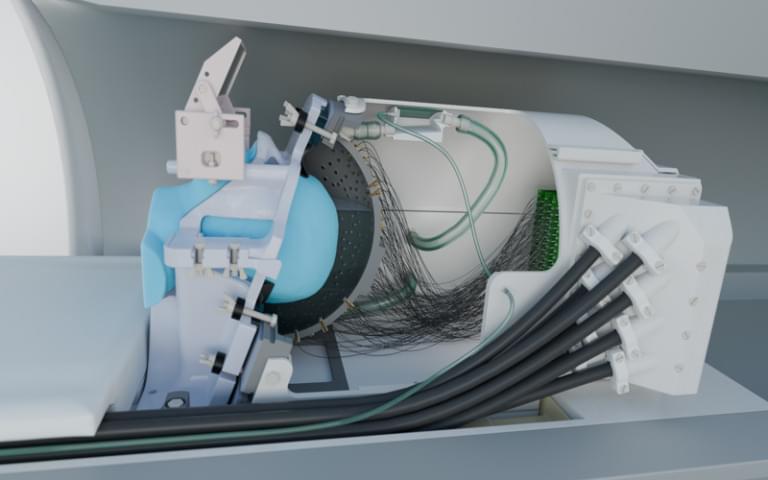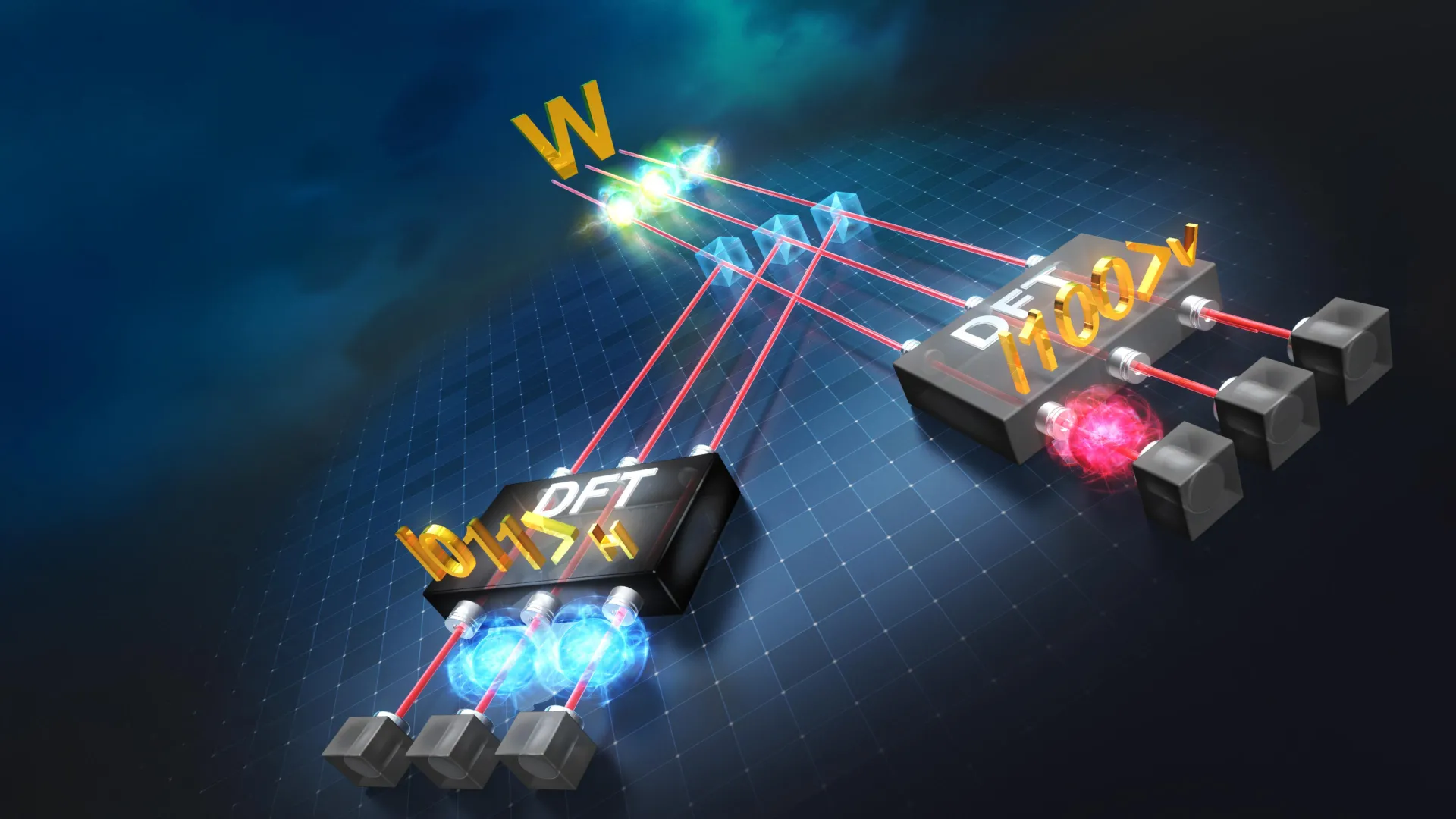The James Webb Space Telescope has captured infant stars carving peaks of dust and gas in the Pismis 24 star cluster.



New research from the University of St Andrews is advancing holographic technology, with potential applications in smart devices, communication, gaming, and entertainment. In a paper published in the journal Light, Science and Application, physicists from the School of Physics and Astronomy reported the creation of a new optoelectronic device that combines Holographic Metasurfaces (HMs) with Organic Light-Emitting Diodes (OLEDs).
Until now, holograms have typically been generated using lasers. The St Andrews team, however, demonstrated that pairing OLEDs with HMs provides a more compact and straightforward method. This approach is not only easier to implement but also less expensive, addressing one of the key challenges that has limited wider use of holographic technology.
OLEDs are thin-film devices already common in mobile phone displays and some televisions, where they create colored pixels. Because they are flat and emit light across their surface, OLEDs are also promising for emerging fields such as optical wireless communication, biophotonics, and sensing. Their versatility and ability to integrate with other components make them well-suited for developing miniaturized, light-based systems.

The Electric Viking
Hans Nelson
Questions to inspire discussion.
Energy for AI and Infrastructure.
🤖 Q: How does AI development impact energy demands? A: AI development will drive massive demand for electricity, with solar and batteries being the only energy source with an unbounded upper limit to scale and meet these demands.
⛽ Q: Can solar energy support existing infrastructure? A: Solar energy can produce synthetic biofuels and oil and gas through chemical processes, enabling it to power existing infrastructure that runs on traditional fuels.
Expert Predictions.
🚗 Q: What does Elon Musk predict about future energy sources? A: Elon Musk predicts that solar and batteries will dominate the future energy landscape, citing China’s massive investment as a key factor in this prediction.

Fire kills nearly 3,700 Americans annually and destroys $23 billion in property, with many deaths occurring because traditional smoke detectors fail to alert occupants in time.
Now, the NYU Fire Research Group at NYU Tandon School of Engineering has developed an artificial intelligence system that could significantly improve fire safety by detecting fires and smoke in real-time using ordinary security cameras already installed in many buildings.
Published in the IEEE Internet of Things, the research demonstrates a system that can analyze video footage and identify fires within 0.016 seconds per frame—faster than the blink of an eye—potentially providing crucial extra minutes for evacuation and emergency response. Unlike conventional smoke detectors that require significant smoke buildup and proximity to activate, this AI system can spot fires in their earliest stages from video alone.


Psilocybin, the active ingredient in magic mushrooms, might just revolutionize how depression and anxiety are treated in cancer patients. In a groundbreaking trial, a single dose combined with therapy significantly reduced emotional suffering, and these effects often lasted over two years. As follow-up studies expand the research to multiple doses and larger samples, scientists are eyeing a possible new standard of care that merges psychedelics with psychological support.
